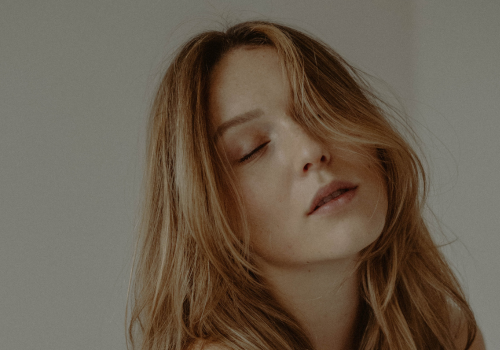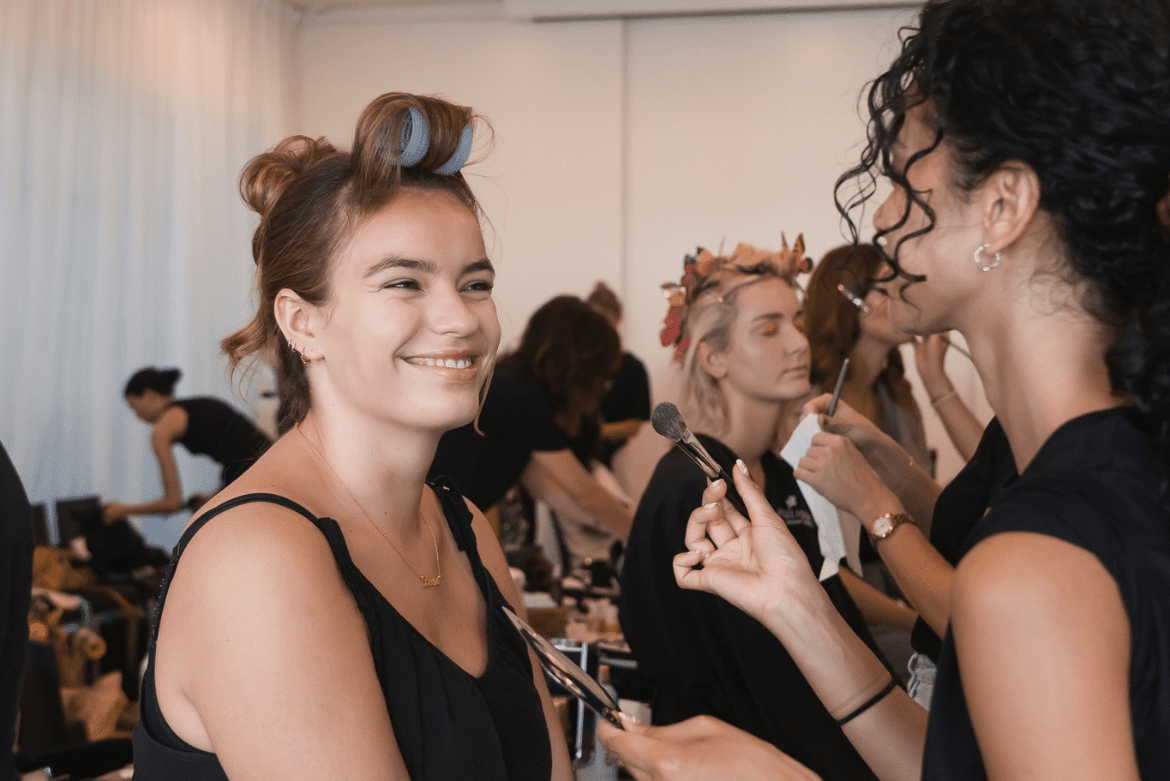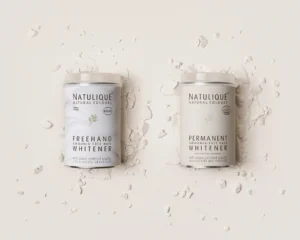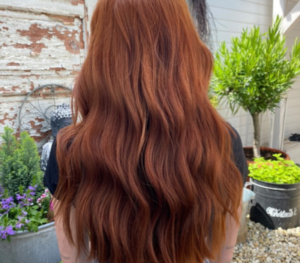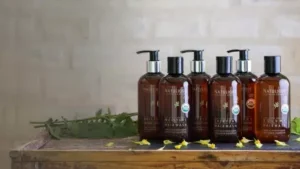Introduction to the year's color trends
The world of beauty is constantly evolving, and the color trends of the year are a perfect example. While new techniques and inspirations emerge, hair colors continue to captivate and inspire. This article delves into the historical roots of hair color trends and examines the contemporary influences shaping them today.
Historical background to hair color trends
To fully understand today's color trends, it's essential to know how they have evolved over time and through history.
The origins of hair coloring
The practice of hair coloring dates back to ancient Egypt, where plant extracts and henna were used to dye hair. The Romans, meanwhile, used caustic soap mixtures to lighten their hair. This quest for color has continued to evolve, incorporating new ingredients and techniques over the centuries.
Hair color trends through the decades
- 1920s: The popularity of raven-black hair with iconic bob cuts.
- 1950s: The reign of the blondes platinespopularized by icons such as Marilyn Monroe.
- 1970s: The era of long, natural hair, often associated with earthy tones.
- 1990s: The appearance of bolder, brighter colors, with the introduction of multicolored highlights and balayage.
Factors influencing current color trends
As technology and cultural influences evolve, they play a key role in shaping modern color trends.
The influence of social media on color trends
Social media platforms such as Instagram and Pinterest have become powerful catalysts for new hair color trends. Users share tutorials, before/after photos, and coloring tips, making an endless range of hair inspiration accessible around the world.
The impact of celebrities and influencers on color choices
Celebrities and influencers also have a considerable influence on current hair color trends. Whether it's a new haircut flaunted on the red carpet or a sudden color change shared on social networks, these public figures can transform styles into global trends in an instant.
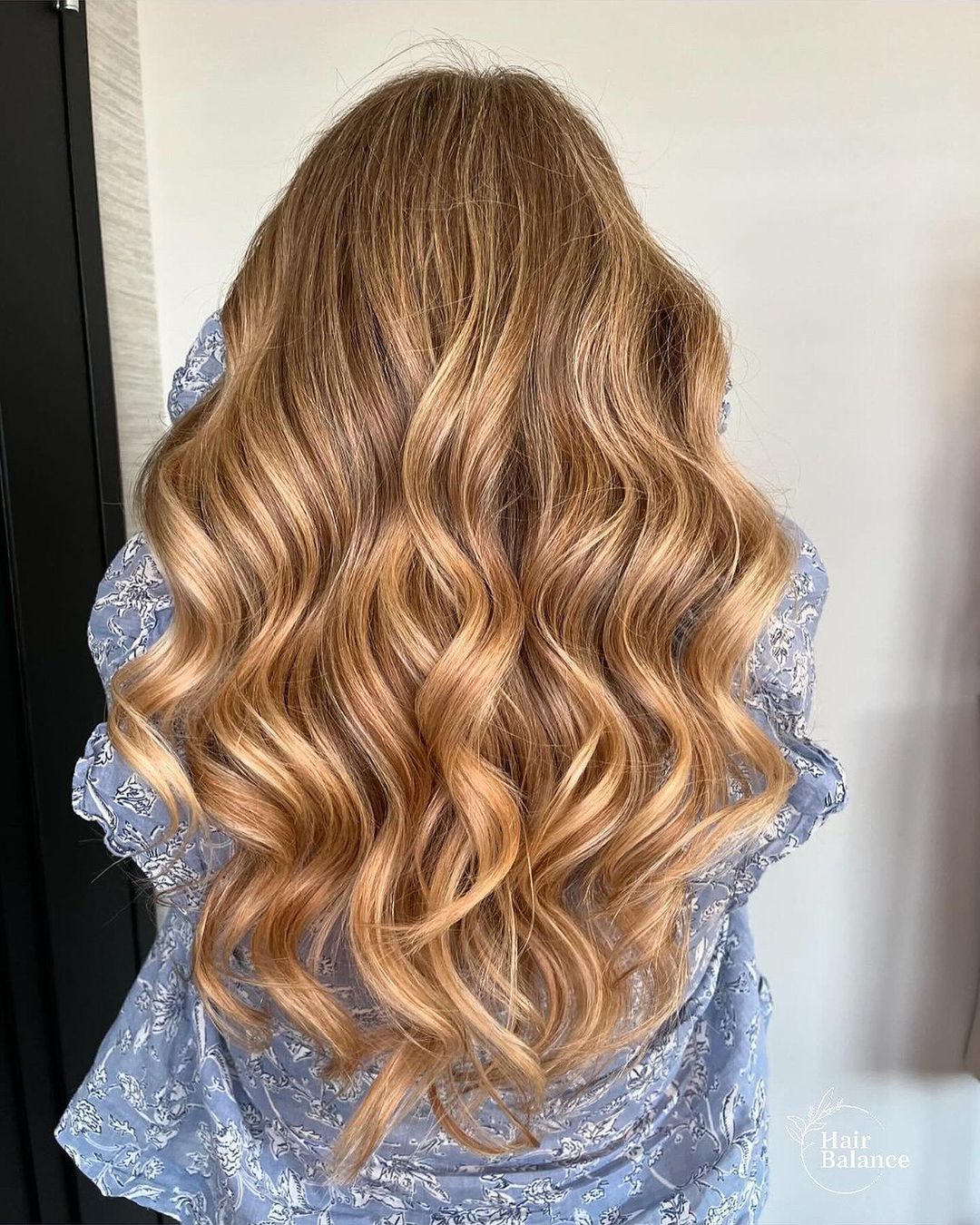
The year's most popular hair color trends
Each year brings its own hair color trendsAnd this year is no exception. From natural hues to bold colors, today's styles reflect both a desire for subtlety and a willingness to experiment.
The return of natural shades
Back to basics and a desire for simplicity, natural shades are in the spotlight this year. They offer timeless beauty and are suitable for all hair types.
Honey-brown balayage
Honey-brown balayage remains a popular trend for adding dimension and warmth to hair. This coloring technique creates a subtle sun-kissed effect, perfect for those who want a natural yet sophisticated look. It is particularly suited to brunettes who wish to lighten their hair without too much contrast.
Red and copper shades
Red and copper shades are also making a comeback. These colors add radiance and are ideal for those who want to stand out from the crowd, while staying within a natural color palette. Suitable for all skin tones, these warm shades can be adjusted to suit each individual.
Bright, bold colors
For the more daring, the bright colors continue to seduce. They embody a form of personal expression and add a touch of modernity and fun.
Pastel pink and lilac
Pastel colors such as pink and lilac have gained in popularity, offering unrivalled softness and delicacy. These ethereal hues are perfect for those who wish to adopt an original style without being too bold. They add a touch of whimsy while remaining elegant.
Rainbow hair
For the more courageous, adopting "rainbow hair" is a bold and captivating choice. This trend involves applying several bright colors to the hair, creating a unique rainbow effect. Very popular on social networks, this style is for those who aren't afraid to stand out and who like experimentation.
These trends reflect the diversity and ingenuity present in the world of hair color. Whether you're drawn to natural shades or bold colors, there's a trend to suit your mood and express your individuality all year round.
See also: Golden highlights: how to get them naturally?
How to choose the right hair color for your skin tone
The decision to change hair color is often influenced by current trends. However, to achieve a harmonious, flattering result, it's crucial to choose a shade that perfectly complements your complexion. Colorimetry, a science of color, plays an essential role in this process.
Colorimetry and hair color selection
Colorimetry involves analyzing the undertones of the skin and the colors that harmonize best with them. This technique helps determine which hair shades will bring out your complexion to best effect.
Understanding your skin tone
To begin with, it's important to identify your skin tonewhich can be warm, cool or neutral. This undertone is not limited to the visible color of your skin, but is influenced by the way your skin reacts to different shades.
- For skin with warm undertones, greenish veins can be seen, and golden jewels will generally enhance your complexion. Warm shades such as caramel, copper, and golden or honey blonds are often recommended.
- For skin with cool undertones, bluish or purple veins may be visible, and silver jewelry looks more flattering. Opt for cool shades such as ash blond, chocolate brown or bluish black.
- If you have a neutral skin tone, both types of veins can appear. You have the chance to experiment with a wide range of colors, as long as they don't create too extreme a contrast.
If you're not sure about your undertone, a consultation with a professional colorist can give you a better perspective.
Choose colors that complement your complexion
Once you've identified your skin tone, it's time to choose hair colors that complement it. Here are a few recommendations to guide you:
- Pale complexions : Soft shades such as platinum blond, light brown or slightly coppery red
- Medium complexions : Rich colors like chocolate brown, honey, or even burgundy
- Dark complexions : Intense shades such as jet black, mahogany or deep brown
It's also important to consider the texture and condition of your hair, as some colors require stronger chemicals, which could damage fragile hair. In these cases, it may be preferable to stick to shades close to your natural color.
In short, although following trends can be fun, choosing a hair color that complements your natural skin tone is the key to a look that's both fresh and elegant. Trends change, but a well-chosen hair color can enhance your natural beauty in a timeless way.
Care tips for your new hair color
Adopting a new hair color is an exciting adventure, but keeping that color vibrant and healthy requires proper maintenance. Here are some essential tips to keep your color beautiful and vibrant, while preserving your hair's health.
Use products adapted to color-treated hair
It is crucial to choose hair care products specifically designed for color-treated hair. These products contain ingredients that protect your color and prevent fading. Opt for sulfate-free shampoos and conditioners, as sulfates can damage hair and cause color to fade more quickly.
Nourishing masks and treatments
Nourishing hair treatments can greatly improve the condition of your color-treated hair. Use a weekly moisturizing mask to restore lost moisture and strengthen the hair fiber. A good mask can also help prolong the radiance of your color.
Avoid excessive heat sources
Not only can heat damage your hair, it can also alter your hair color. Try to reduce the use of straightening irons, curlers and blow-dryers whenever possible, or use a heat protector before each use to reduce the damaging effects of heat.
Sun protection for hair
UV rays can cause rapid fading of your color. Wear a hat or apply a sun protection spray to your hair on sunny days. This will not only protect the color, but also prevent dryness caused by sun exposure.
Limit frequent washing
An essential tip for making your color last is to limit the frequency of color changes. washes. Try to wash your hair two or three times a week to preserve your color pigments. Between washes, use a dry shampoo to refresh your hair without water.
FAQ
How can I make my new hair color last longer?
To prolong your color, use products adapted for color-treated hair, avoid frequent washing, and protect your hair from heat and sun.
How long should I wait between two colorings?
It's best to wait at least 6 to 8 weeks between colorings to minimize damage to your hair.
How do you revive fading color?
Use color-enhancing shampoos and conditioners, and consider glossing sessions with your hairdresser to revive the radiance of your hue.
Do bright colors require special care?
Yes, bright colors require more frequent maintenance, including the use of specific products and increased protection against sun and heat.
What are the signs of a shade that doesn't suit my skin tone?
If your new look makes you look tired or has a negative impact on your skin tone, the color may not be right for your complexion. Reviewing your colorimetry can help.
